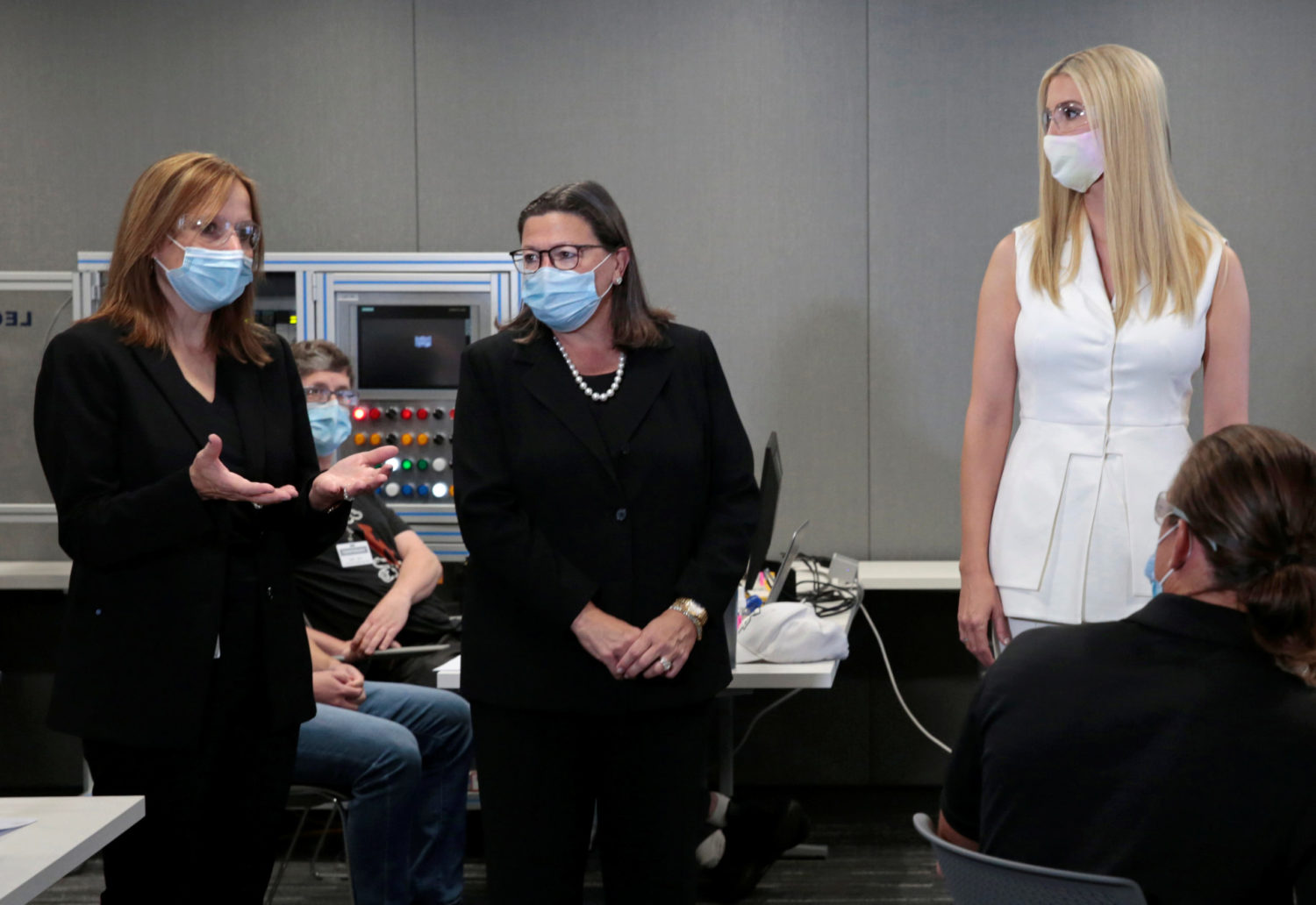
By Ben Klayman
DETROIT (Reuters) – General Motors Co on Tuesday said it will open a battery cell development center in southeast Michigan to help it drive down the cost and boost the driving range of electric vehicles with lithium ion and solid-state battery cells.
The Wallace Battery Cell Innovation Center, to be located on the No. 1 U.S. automaker’s technical campus in Warren, Michigan, is expected to open in mid-2022 and begin building prototype cells in the fourth quarter, GM said.
“The key to making these vehicles affordable is going to be the cell cost in the battery packs,” Ken Morris, GM’s vice president of electric and self-driving vehicles, said on a conference call with reporters. GM will spend “hundreds of millions” of dollars on the new center, he added.
GM has said it will spend $35 billion through 2025 on EVs and autonomous vehicles, and is expected to outline targets beyond that period at its investor day on Wednesday.
Part of that push is GM’s partnership with LG Energy Solutions, a unit of South Korea’s LG Chem, to develop its Ultium batteries. The companies have announced two joint-ventures battery plants and GM has said it intends to open two more.
GM has targeted eliminating emissions from all light vehicles it sells by 2035.
A key element to making EVs more attractive to consumers is driving down their cost and a big part of that is the batteries. GM has said it wants to have at least 60% lower battery costs in the next generation of Ultium and officials said future products will allow electric driving ranges of 600 miles (965 km) on a single charge.
The new facility, at almost 300,000 square feet (27,900 square meters), will work with the company’s existing materials research and development and battery systems labs in Warren. It will also work with SES, a Massachusetts company with which GM formed a partnership with in March.
The center, named for Bill Wallace, a former executive who played a key role in the development of GM’s advanced battery technology before he died from cancer in 2018, will be capable of building large-format, prototype lithium-metal battery cells, as well as developing silicon and solid-state technologies.
It will also develop new production methods to use in battery plants.
GM rival Ford Motor Co in April said it would invest $185 million to open in late 2022 an EV battery development center.
(Reporting by Ben Klayman in Detroit; editing by Richard Pullin)




